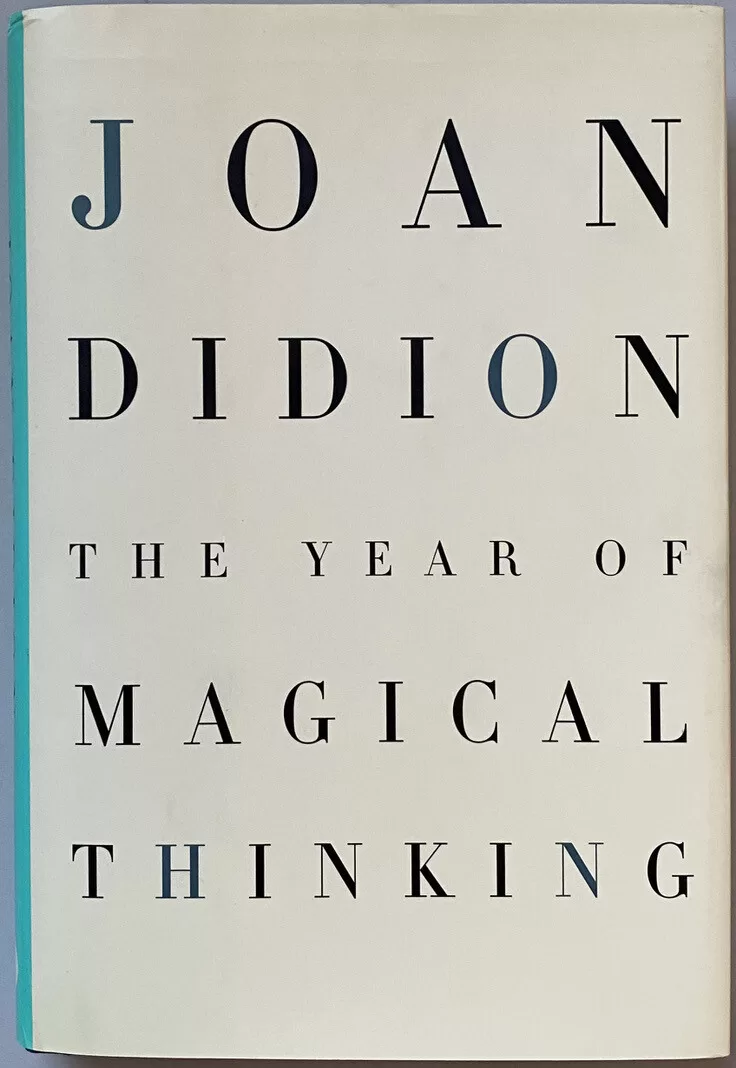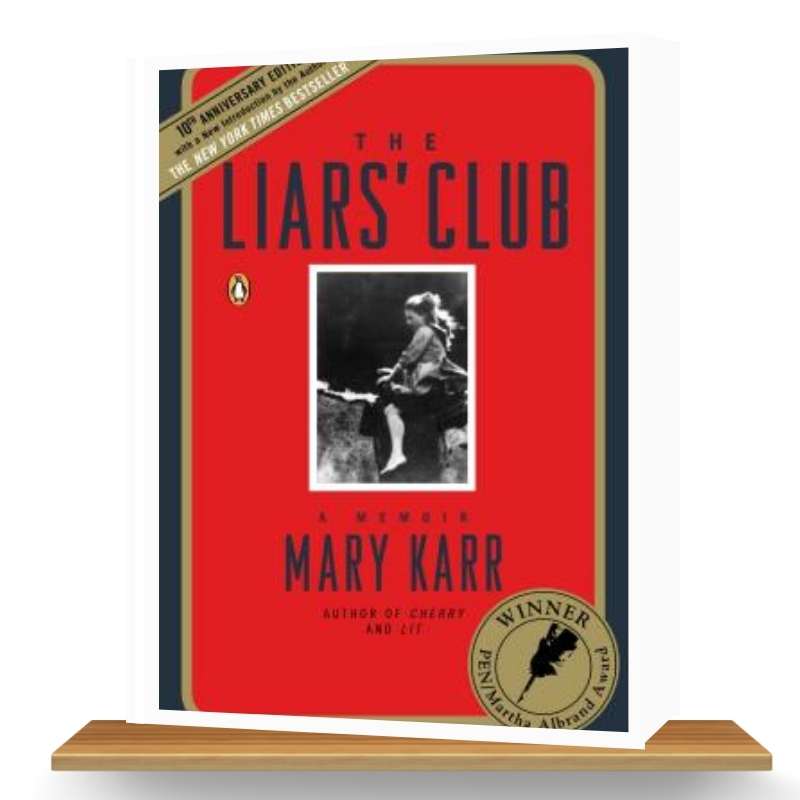
Balancing Perspectives in Memoirs:
Navigating Multiple Points of View
Balancing perspectives in memoir is essential to capturing the essence of truth and personal experience. This can be a delicate balance. As a memoirist, you are often tasked with recounting events from your perspective. The first-person writer writes from their point of view. However, memories are inherently subjective, and when family and friends are involved, their recollections may differ significantly from your own. Understanding and presenting these different points of view in a first-person memoir is both a challenge and an opportunity. Seek truth. Writers who seek authenticity honor the complexity of truth.
The Complexity of Memory
Before diving into the mechanics of writing, it's essential to recognize the subjective nature of memory. Each person’s recollection is colored by their emotions, context, and personal experiences. Acknowledging this complexity in your memoir is critical—not just for authenticity but also for giving your narrative depth.
Click book covers to explore at Amazon via affiliate link
Balancing Perspectives in Memoirs
Allow readers to see a fuller picture of events, recognizing that memory is not absolute. As Joan Didion famously wrote in her memoir *The Year of Magical Thinking*, “Memory fades, memory adjusts, memory conforms to what we think we remember.” This notion captures the fluidity of memory and emphasizes the need to present it as such in your writing.
Acknowledge Different Viewpoints
It's important to acknowledge openly that others may have different memories or interpretations of the same events. In *This Boy's Life* by Tobias Wolff, the author occasionally hints at how others might have perceived events differently, even if subtly. This technique not only enriches the narrative but also invites empathy from the reader, as they reflect on their own fragmented and subjective memories.
When you write your memoir, you might know that your brother remembers an event differently. You can acknowledge that discrepancy in the memoir. Counterintuitively, your honesty and admission that you don’t own the absolute perspective makes you a more reliable and relatable narrator.
Balancing Perspectives in Memoirs
Incorporate alternate viewpoints while maintaining the integrity of your personal narrative. This can be achieved by:
- Including Direct Quotes
Where possible, include quotations from those who experienced the events alongside you. This lends credibility and attests to the multiplicity of interpretations. This might be important to a family member who disagrees with your point of view. As always, get legal advice about getting signed disclaimers when quoting others.
Using Phrases that Acknowledge Uncertainty
Words like "I recall," "as I remember," or "from my perspective" clearly indicate that the reader is accessing your personal interpretation of events. If you are using dialogue, you can say, I recall the conversation went like this….
Creating Dialogue
If dialogues with family members reveal contrasting memories, these can provide a natural way to present different recollections. For example, Mary Karr’s *The Liars’ Club* uses conversations to demonstrate points of contention, thereby illustrating varied perspectives without diluting her voice. The memoirist may time travel to the event and write the dialogue as they remember and then explain that years later your Aunt remembers it differently. Read more about Dialogue in Memoir.
Respect and Sensitivity
As you navigate perspectives in memoirs, approach the differing memories with respect and sensitivity. People involved in your story, especially relatives, may have strong feelings about your portrayal of events. Communicating with them ahead of publication can prevent misunderstandings and ensure respectful representation.
Using Dual Narratives
Consider using sections within your memoir to present alternate perspectives more explicitly. This technique, while less common, can powerfully convey the discrepancies in memory. In *Running with Scissors* by Augusten Burroughs, differing memories are woven through the witty lens of the narrative, painting a complex picture of family interactions.
In James McBride’s memoir *The Color of Water*, the narrative masterfully weaves together multiple perspectives to provide a rich and nuanced account of his complex family’s history and his experience of being a black man raised by a white Jewish mother. McBride alternates between his own voice and that of his mother, Ruth, allowing readers to understand the complexities of their lives from both viewpoints. This dual narrative approach highlights the contrasting experiences of a Black man and his white, Jewish mother, offering insights into their struggles with race, identity, and belonging. Through Ruth’s retrospective accounts, readers gain a deeper appreciation of her past, witnessing how her perceptions and realities differed from those of her children. This technique showcases how diverse recollections and interpretations can coexist, ultimately enriching the reader's understanding of the intricate tapestry of family history.
Embracing Multiple Truths
Ultimately, balancing perspectives in first-person memoirs is about embracing the multiplicity of truth. This acknowledgment enriches your memoir, broadens its appeal, and deepens its authenticity. When readers understand that memories are multifaceted, your memoir gains not only a personal touch but also a universal significance, resonating with anyone who has grappled with the elusive nature of memory.
By weaving these elements into your memoir, you craft a narrative that resonates with honesty and empathy—inviting readers to reflect on their own experiences with a broader, more inclusive lens.















